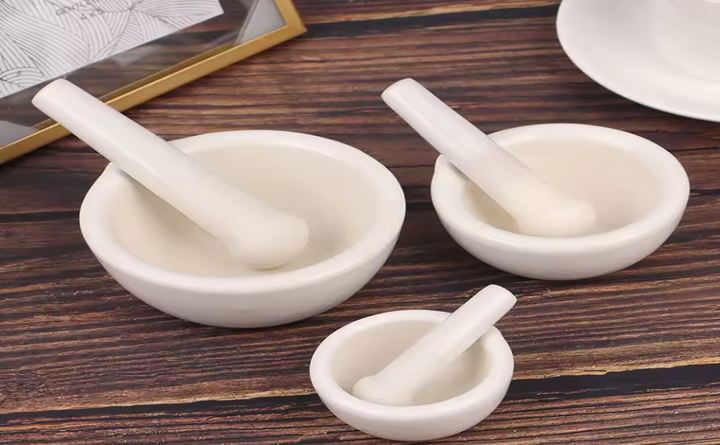

A porcelain mortar and pestle is a tool used for grinding, mixing, and crushing substances, often in laboratory or pharmaceutical settings. The mortar is a bowl-shaped vessel, typically made of porcelain, and the pestle is a heavy, stick-like object used to grind materials against the mortar’s surface. These sets are valuable for reducing solids to powders or pastes and for mixing different materials together.
Laboratory filtration is a process used to separate solids from liquids or gases by passing the mixture through a porous material that retains the solid particles. This technique is crucial for purifying substances, removing contaminants, and preparing samples for further analysis in various scientific and industrial applications.
Capacity: Measured in milliliters (mL) or ounces (oz), indicating the volume the mortar can hold.
Diameter: Inner and outer diameters are important for understanding the mortar’s size and how much material it can accommodate.
Height: The height of the mortar is also a relevant specification.
Material: Porcelain is the standard material due to its hardness and resistance to chemical reactions.
Pestle: The pestle is a crucial part of the mortar, and its size and shape should be compatible with the mortar for effective grinding.
Other features: Some porcelain mortars may have a magnetic base for added stability.